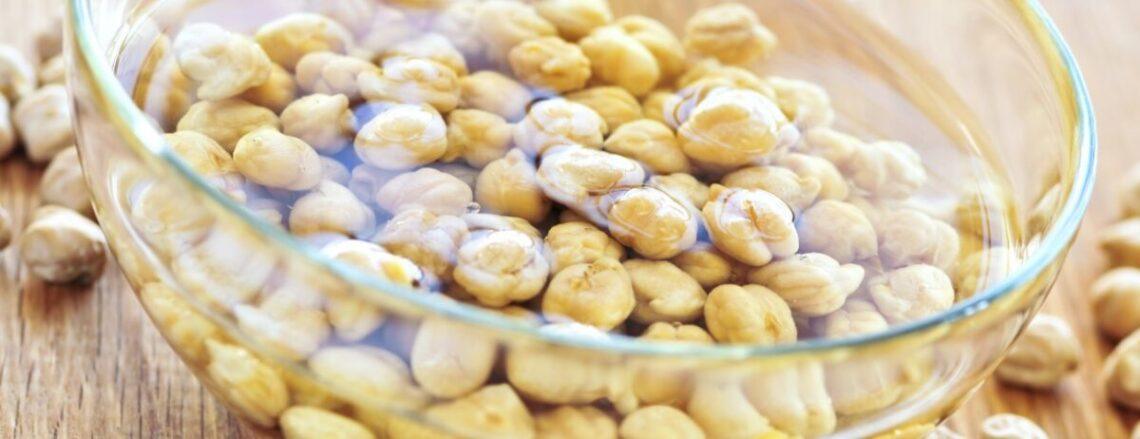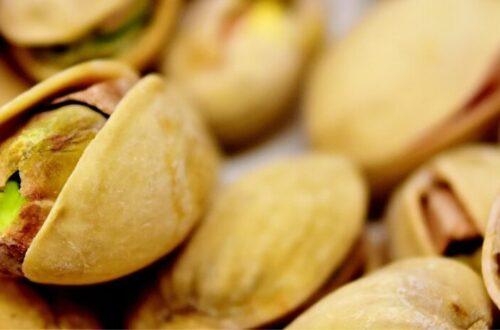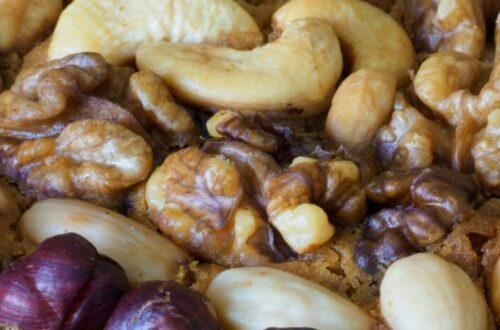
Soaked or Not? The Real Deal on Soaking Nuts for Milk
If you’ve ever googled “how to make nut milk,” you’ve likely bumped into the soaking debate.
Some people are all in. Others skip it without thinking twice.
So what’s actually true?
Here’s the grounded, gut-forward take:
Soaking isn’t mandatory—but it’s smart. Especially if you care about digestion, texture, and getting more from what you blend.
What Soaking Really Does (and Why It Matters)
Soaking nuts triggers an enzymatic shift. It wakes them up. And in doing so, it begins to neutralize compounds called enzyme inhibitors—natural chemicals that help nuts stay shelf-stable in the wild but can block digestion in the gut.
Think of enzyme inhibitors as tiny “off switches” that keep a nut dormant. When you soak, you flip those switches on—activating enzymes that support better nutrient absorption and gut ease.
Soaking Benefits at a Glance:
- Makes nuts easier to digest
- Softens texture for smoother milk
- Lowers phytic acid, improving mineral absorption (especially zinc + magnesium)
- Unlocks the nut’s natural life force, enhancing bioavailability
- Reduces bitterness, tannins, and pulp
In short: if you’re using nut milk to support healing, energy, or hormone balance, soaking helps your body actually access those benefits.
How Long Should You Soak?
Each nut has its own rhythm. Here’s your go-to cheat sheet:
| Nut / Seed | Soaking Time | Why It Helps |
|---|---|---|
| Almonds | 8–12 hrs | Softens texture, improves mineral uptake |
| Cashews | 4–6 hrs | Light soak = creamy blend, too long = slimy |
| Pistachios | 6–8 hrs | Enhances color, reduces chalkiness |
| Hazelnuts | 8–10 hrs | Smooths flavor, cuts bitterness |
| Walnuts | 4–6 hrs | Reduces tannins, improves flavor |
| Pumpkin Seeds | 4–6 hrs | Boosts digestibility, neutralizes anti-nutrients |
| Sesame Seeds | 2–4 hrs | Light soak unlocks nutrients, easier on gut |
| Macadamia | 1–2 hrs | Optional—rich + soft already |
| Brazil Nuts | 1–2 hrs | Quick soak boosts bioavailability |
| Sunflower Seeds | 2–4 hrs | Reduces bitterness, supports smoother digestion |
| Hemp Seeds | — | Do not soak—too mucilaginous |
Always rinse thoroughly after soaking. That soak water? It’s loaded with what you don’t want—enzyme inhibitors, tannins, and residue.
What If You Don’t Soak?
You’ll still get milk—but:
- It might be harder on the gut
- You may miss out on key minerals
- You’ll likely notice more pulp, less cream
The texture might pass, but your digestion might not.
If you’re blending for beauty, energy, or deep nourishment? Soaking is the low-effort upgrade that makes a high-impact difference.
But Wait—What About the Nama M1?
If you’re using the Nama M1 Nut Milk Maker, here’s what sets it apart:
- You don’t need to soak—it can handle raw nuts straight from the jar.
- The result is still silky, smooth, and low-pulp.
- But soaking? Still worthwhile. Not for creaminess—but for your gut and cells.
Soaked nuts = milk with more available minerals and less digestive stress.
Use Discount Code PLANTPOWER to save on Nama & Hurom nut milk makers and juicers.
Bonus Tips for the Habit-Builder
- Soak in bulk: Soak 2–3 cups at once, then refrigerate what you don’t use (good for 2–3 days).
- Label jars by time: Keep soaking smart—not guesswork.
- Use clean, filtered water: You’re starting fresh, so make it count.
Final Takeaway
You don’t have to soak. Especially if you’ve got a powerhouse tool like the Nama M1. But if you want more from your milk—from the way it digests to the nutrients it delivers—soaking is a simple shift with deep benefits.
One soak. Big payoff.




